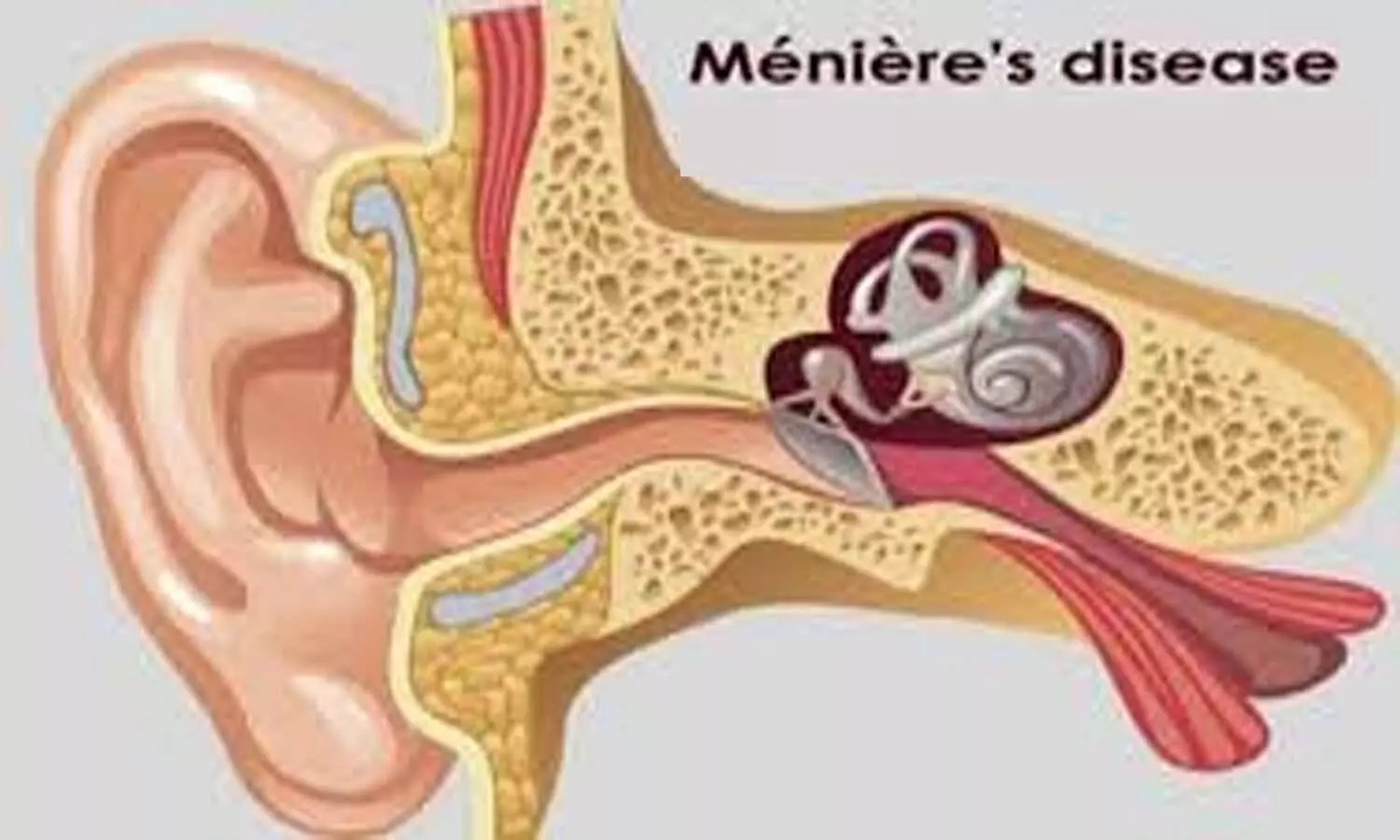Mechanical rotation chair method superior to traditional manual BPPV diagnostics for diagnosing complex BPPV: Study

A recent groundbreaking study published
in Frontiers in Neurology revealed that the mechanical rotation chair (MRC)
method is superior to traditional manual BPPV diagnostics for diagnosing
complex Benign paroxysmal positional vertigo (BPPV).
Benign paroxysmal positional
vertigo (BPPV) is the most common vestibular disease that causes vertigo due to
the dislodgement of otoconia. BPPV is classified into different types based on
the anatomical location of otoliths and the endolymphatic flow. A
clinician diagnoses BPPV using traditional manual diagnostics. With the advent of
various diagnostic methods, the management of BPPV has improved a lot. Hence,
researchers have conducted a study to compare traditional manual BPPV
diagnostics (MD) with MRC when using videonystagmography goggles with both
modalities.
A prospective open-label randomized diagnostic crossover study involved adults with typical BPPV
symptoms at a tertiary University Hospital-based outpatient clinic in Denmark. Participants
underwent traditional manual and MRC diagnostics with videonystagmography
goggles by randomly assigning participants to the two modalities with a
duration gap of 30 minutes between the two procedures. Identifying the sensitivity,
specificity, positive predictive value (PPV), and negative predictive value
(NPV) of the traditional procedure with MRC was the primary outcome of
measurement. Agreement between the two modalities was the secondary outcome of
measurement.
Findings:
- MRC diagnostics demonstrated a significantly
higher sensitivity for detecting BPPV across all participants (p=0.00). - Compared to MRC diagnostics, traditional MD
displayed a sensitivity of 69.5%, specificity of 90.9%, PPV of 88.0%, and NPV
of 75.8%. - Both the diagnostics showed an overall
inter-modality agreement of 80.5%. - Both modalities detected the unilateral
posterior canal BPPV equally well (p=0.51). - The traditional MD significantly underperformed
for non-posterior BPPV. - Underperformance was also seen in the subgroups
referred by ENTs (trend) compared to MRC. - Traditional methods significantly underperformed
in uncooperative patients when compared to MRC.
Thus, the study concluded that even
though traditional methods are valuable first-line diagnostic methods, MRC was equally
beneficial and more helpful in specific situations like ENT referrals,
uncooperative patients, and non-posterior BPPV. The researchers emphasized incorporating
advanced diagnostics like MRC with traditional methods to improve diagnostic
accuracy and optimize patient outcomes.
Further reading: Is Diagnostics
of Benign Paroxysmal Positional Vertigo with a Mechanical Rotation Chair
Superior to Traditional Manual Diagnostics? A Randomized Controlled Crossover
Study. doi: 10.3389/fneur.2024.1519837.





